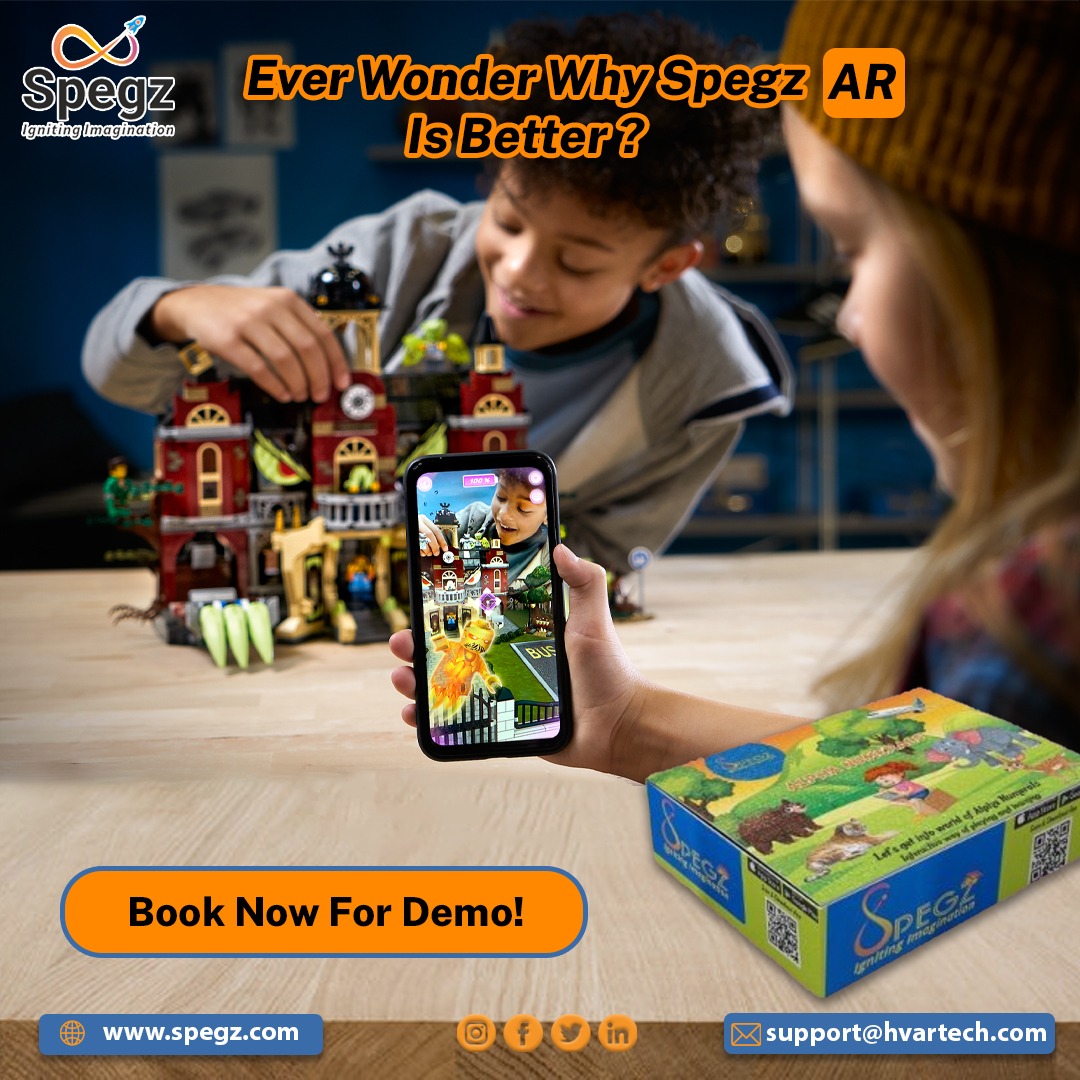Technology in Classroom

With today’s transformation in technology, we as an education system must keep pace with students and learn how to use different devices, like smartphones, tablets, & computers. Teachers also have to explore and update all of the available resources to make sure that the available materials are lively, engaging, and fun. This includes identifying and reading different blogs and the new updates that have come up in the market.
The updates change constantly, and educational institutions should monitor the content that is specific to the subjects we teach and also others that are general to the area of technology in education. For example, a Mathematics teacher’s overall strategy will include several content and techniques that revolve around techniques and tricks of solving a problem with ease and all knowledge. Similarly, an English teacher’s overall strategy should include several content toward teaching literature and grammar, and also several content aimed at making educators more technology savvy. The usage of technology in the field of education should focus on helping teachers develop the competency to import tech resources into the classroom.
It’s very important to bring technology into education. As education is changing, the ways of teaching are changing. Students nowadays want to learn by understanding the concept rather than mugging up. They are more comfortable in understanding and enjoying the study. Therefore, Way of educating a student should definitely change and be more interactive. Technology in the classroom is becoming more essential. Primary, secondary, and college students are incredibly tech-savvy and it’s hard to keep up with new tech tools. Most students use technology to communicate with each other and learn about the world. Teachers are finding it harder to ignore the importance of technology integration in the classroom. It creates learning opportunities that are more engaging and effective than traditional teaching methods.
The average public school in the world provides at least one computer for every five students. The government is spending over $13 billion on education technology. Plus, it’s implementing programs and policies to promote the use of technology, increase educational productivity, and support student learning in innovative ways. This reduces the costs of instructional materials and program delivery. However, in some cases, incorporating education technologies in the classrooms has faced many obstacles. Major challenges have centered on the reluctance of administrators and teachers, lack of adequate preparation, lack of support, or sufficient funding.
Considerations for Choosing Classroom Learning Technology:
- When finding the best approach to classroom technology, an education technology institute must consider several different factors, including:
- Technology matching student learning needs: This can be accomplished by first listing the academic goals each student should achieve, then finding the right learning technology instead of installing the technology, and then building lessons around it.
- Technology being the right blend for the students, teachers, and parents: Everyone should be able to use technology with ease. It should also be compatible with different platforms, such as computers, mobile devices, or tablets.
